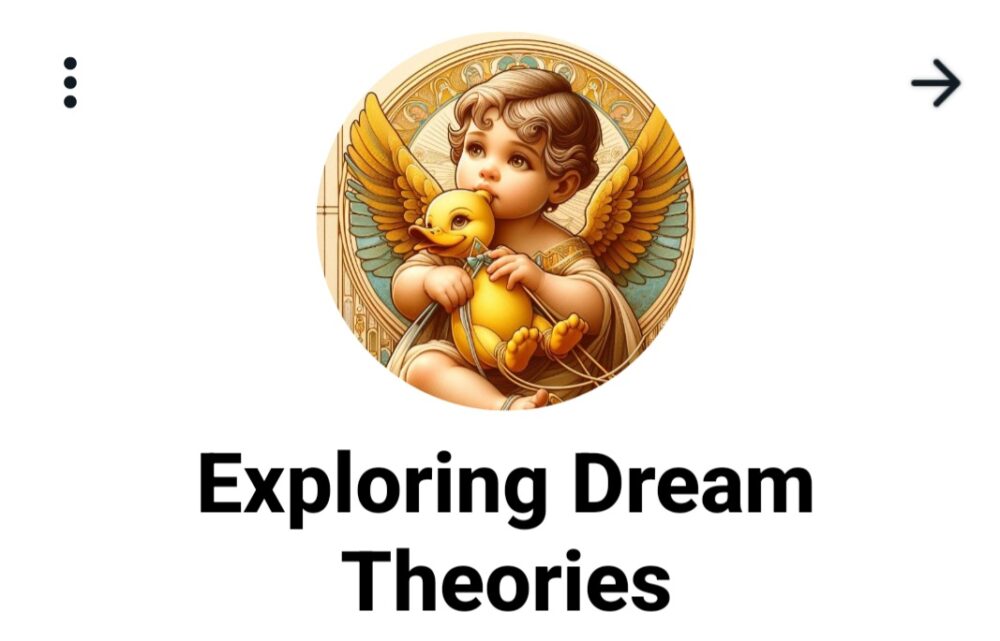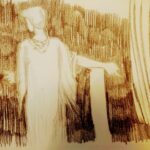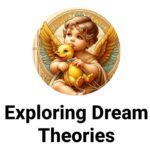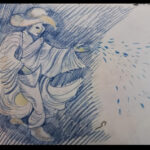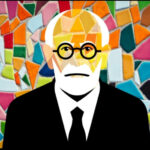The account presented by Dr. Raz Even regarding his journey through the realm of lucid dreaming illuminates the intricate complexities of dreams and consciousness, fostering a deeper dialogue on the essence of reality, self-awareness, and the mind’s exceptional ability to create detailed, interactive dream environments. This exploration of Dr. Even’s experiences offers a nuanced understanding of lucid dreaming and its implications for our grasp of consciousness and the fabric of reality, enriched by philosophical references that connect these phenomena to broader existential questions.
Enhanced Insights into Lucid Dreaming
Lucid dreaming represents a unique state of consciousness where the dreamer becomes aware that they are dreaming while actively participating within the dream environment. This condition affords the dreamer an unprecedented level of control over the dream’s narrative, setting, and characters. Dr. Even’s account exemplifies lucid dreaming at its finest, demonstrating his intentional efforts to interact with the dream characters in a meaningful and reflective manner. This concept echoes Husserl’s phenomenological exploration of consciousness, emphasizing the active role of the perceiver in shaping their experience of reality [1].
Consciousness and the Layers of Reflection
Dr. Even’s episode underscores the complex layers of consciousness experienced during lucid dreaming. His conscious realization of being within a dream, coupled with his reflections on this awareness, underscores a profound level of self-insight. This dual layer of consciousness — not just recognizing the dream state but also pondering over its implications — illustrates a mind that is deeply introspective and curious about the nature of its own existence. This reflects Descartes’ meditation on the nature of the self and consciousness, where he posits the act of thinking as evidence of existence (“Cogito, ergo sum”) [2].
Exploring the Concept of Created Realities
Within Dr. Even’s lucid dream, the boundaries between the creator and the created blur intriguingly. The autonomous reactions of the character D., despite being a fabrication of the dream, suggest a level of independence that challenges traditional perceptions of dream characters as mere extensions of the dreamer’s psyche. This points towards a complex interplay between the conscious and subconscious facets of the mind, hinting at a deeper, perhaps even collaborative, relationship between the two. This exploration resonates with Kant’s ideas on the construction of reality through the faculties of the mind, suggesting that our perception of reality is shaped by the inherent structures of cognition [3].
Delving into Philosophical Queries
The question, “Who truly dreamed of D.?,” propels the discussion into deep philosophical waters, touching upon themes of solipsism, the essence of existence, and the nature of consciousness. The unexpected autonomy displayed by dream characters like D. raises profound questions about their ontological status: Are they merely ephemeral entities within the dreamer’s mind, or do they unveil deeper truths about consciousness and the reality we navigate? This inquiry aligns with Berkeley’s subjective idealism, where existence is contingent upon being perceived [4].
Gleaning Psychological Insights
From a psychological perspective, Dr. Even’s dream accentuates the mind’s capacity to construct elaborate, self-sufficient narratives that engage and provoke the dreamer. It reflects the significant role of the subconscious in molding our perceptions of reality and self, suggesting that interactions with dream characters like D. might symbolize internal dialogues or conflicts, serving as stand-ins for disparate facets of the dreamer’s psyche. This notion is reminiscent of Jung’s theory of the collective unconscious, where dream figures represent archetypal images and aspects of the self [5].
Concluding Reflections
Dr. Raz Even’s lucid dream journey offers an insightful probe into the domains of consciousness, the nature of reality, and the delineation between self and other. It underscores the mind’s enigmatic abilities and the mysterious essence of sleep and dreaming. The philosophical and psychological explorations triggered by this narrative extend beyond the mechanics of dreaming, presenting complex questions about the very nature of existence. This enriches our discourse and comprehension of the intricate web of human consciousness, pushing the boundaries of what we understand about the interplay between the conscious and subconscious mind.
References
Husserl, E. (1913). Ideas: General Introduction to Pure Phenomenology.
Descartes, R. (1641). Meditations on First Philosophy.
Kant, I. (1781). Critique of Pure Reason.
Berkeley, G. (1710). A Treatise Concerning the Principles of Human Knowledge.
Jung, C.G. (1968). The Archetypes and The Collective Unconscious.
